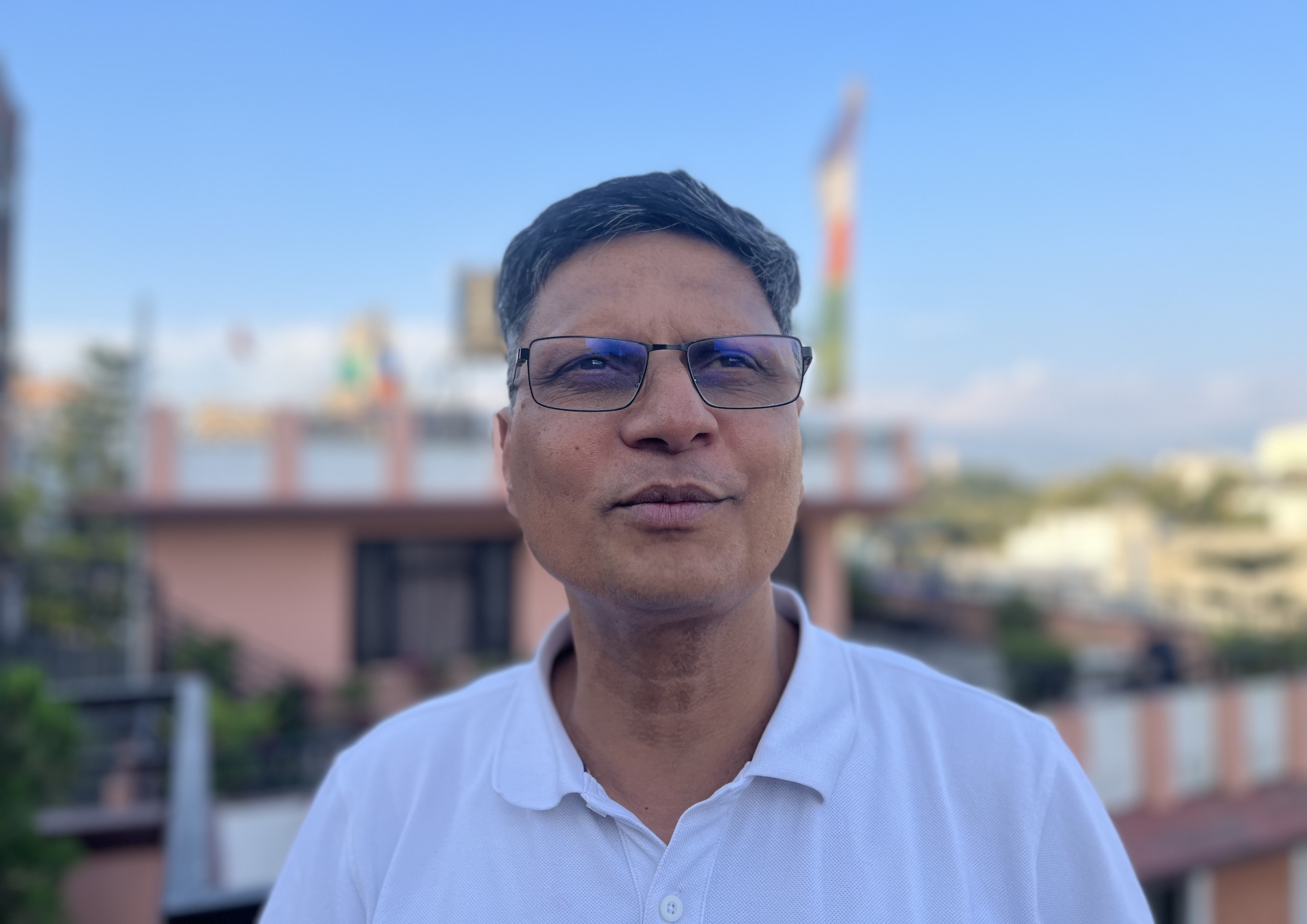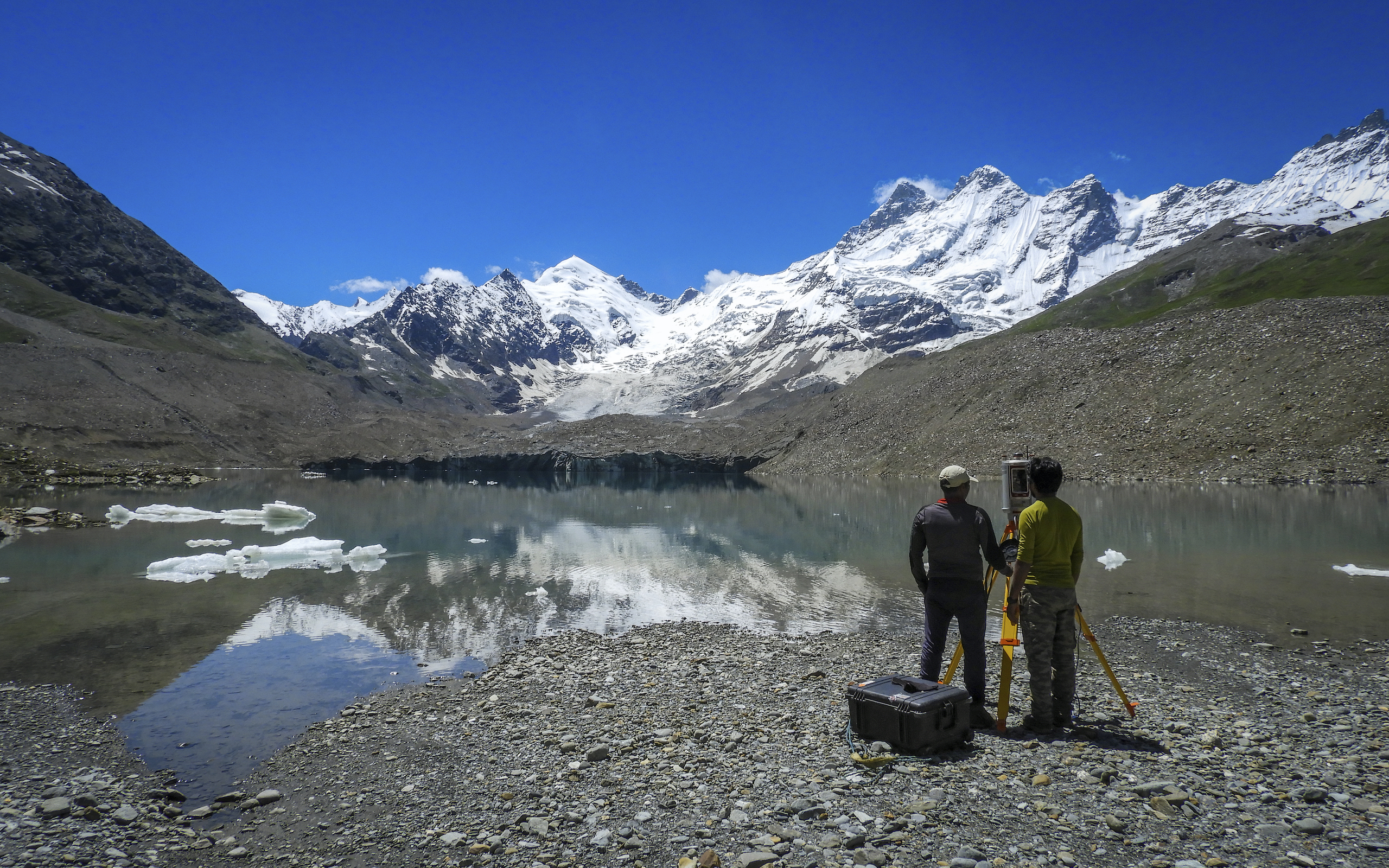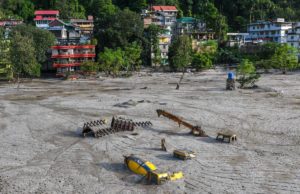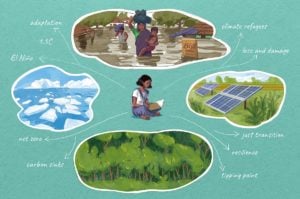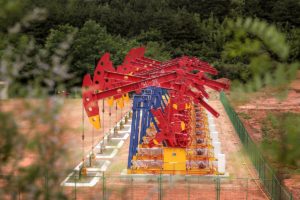In July this year, Nepali atmospheric scientist Maheswar Rupakheti was elected to the 34-member bureau of the Intergovernmental Panel on Climate Change (IPCC) – the first election of a scientist from Nepal in the panel’s 35-year history.
The IPCC is a scientific body created in 1988 by the World Meteorological Organization and the United Nations Environment Programme, with the objective of informing governments about the latest climate science and the impacts that climate change will bring in the coming decades.
The IPCC bureau is the panel’s elected executive body, led by a chair and three vice-chairs. Under the bureau, there are three working groups: Working Group I looks at the physics of climate change; Working Group II focuses on impacts of and adaptation to climate change; while Working Group III is dedicated to climate change mitigation. The three working groups have two co-chairs each, as well as seven or eight vice-chairs.
Rupakheti, who has extensive experience in atmospheric and climate science research, was selected to be a vice-chair of Working Group I, a position for which he had been nominated by the Government of Nepal in June.
Despite mandated representation from different regions across the globe, diversity in the IPCC bureau has been a concern since the panel’s inception in 1988. To help address the issue, in 2015 the panel increased the size of the bureau from 31 to 34, to include two additional members from Africa and one from Asia. But the bureau’s makeup still does not reflect the size of the regions it represents: Europe has been allocated eight members, while Asia has six and Africa seven, despite populations six times and 1.6 times the size of Europe’s, respectively.
Authors from the global south are also poorly represented in reports produced by the IPCC. Analysis by Carbon Brief found that only 11% of authors in the first IPCC Assessment Report, released in 1990, were from the global south; and that this figure stood at 38% for the IPCC’s Sixth Assessment Report in 2021.
The Third Pole spoke with Maheswar Rupakheti about engagement of the global south scientific community in the work of the IPCC. The conversation has been edited for length and clarity.
The Third Pole: In your view, what prevents scientists from the global south participating in the IPCC?
Maheswar Rupakheti: There are multiple factors. As an individual scientist, you need to have the capacity to persuade the political leadership in your country to nominate you for the election [to the IPCC bureau]. Often scientists lack the required communication with policymakers and state actors. It’s not an easy process to get nominated in many developing countries. For example, in Nepal you need to get approval from the Ministry of Forest and Environment, and then the Council of Ministers before sending the nomination to the IPCC Secretariat.
Just because you are a good scientist doesn’t mean you will make it to the bureau. Your country must make a significant political and diplomatic effort to gain votes. So, if a candidate’s country doesn’t have enough influence to get votes from other member countries, it’s hard to get elected.
Until now only English literature has been considered for review. But there is a wealth of information and knowledge in other languagesNepali atmospheric scientist Maheswar Rupakheti
Secondly, scientists across the globe get their representation at the IPCC by contributing their content, but the representation of content from the global south is weak as some regions are more researched than others. North America and Europe have way more research on climate change compared to regions like South Asia, Southeast Asia or Africa. The Arctic is better researched than the Himalayas. Less content means less representation of scientists in assessment reports.
The Third Pole: What difference do you think your presence in a leading role could make to least developed countries like Nepal in the IPCC processes?
Rupakheti: I could play my part to emphasise issues and regions that are less represented in the reports. I am an atmospheric scientist with an interest in how air pollutants interact in a changing climate and what role they play. Carbon dioxide and its relation to temperature rise is straightforward, but we don’t know much about how aerosol particles play a role in temperature regimes, as some aerosol particles like black carbon increase warming, and others have cooling effects. Some aerosol particles absorb light and others reflect it. Short-lived pollutants got space for the first time in IPCC’s Sixth Assessment Report, launched in 2021. We need more chemical science to be included in the next report.
Secondly, until now only English literature has been considered for review in the assessment reports. But there is a wealth of information and knowledge on other platforms and in other languages. There is a realisation at the IPCC that we need to include them, but we haven’t figured out how yet. I am hopeful that the next report will find a way to start to include other forms of knowledge as well. In fact, we discussed it in the very first meeting of the bureau, held recently.
And, despite being at the forefront of [climate change] impacts, the Himalayas haven’t received the attention they need globally. My efforts would be to have more representation of knowledge from the region.
The Third Pole: The IPCC is mandated to consolidate and analyse research from across the globe. But critics say that while representation of scientists from the global south has increased in the past few years, there hasn’t been a corresponding increase in support for scientific studies in the global south, which could lead to a lack of data to feed into reports. How would you characterise the state of climate research in the global south, especially in the Himalayas?
Rupakheti: The global south in general is less researched. The Himalayas is one of the least researched regions in the world, and IPCC’s Fourth Assessment Report, released in 2007, had mentioned it as a black spot – a region with inadequate data to assess climatic impacts. In the Fifth Assessment Report [in 2014], it didn’t repeat the same word but still the situation hadn’t improved.
In [the IPCC’s] Sixth Assessment Report, the situation has improved, but still the [Himalaya] region doesn’t have the research needed to do rigorous analysis. Climate change is vast, and it impacts every sector. However, resources are limited. More resources should be targeted on research works as the global south is bit heavy with resources on advocacy [compared to that spent on research]. If done with solid scientific evidence, advocacy will have more impact.
The Third Pole: The Himalayan region is very divided politically, which has in some ways hindered cross-border collaboration in the scientific study of climate change. How do you think the scientific community in the region can help to bridge information gaps and encourage cross-border collaboration?
Rupakheti: In general, all regions are politically divided, but the problem with the Himalayan region is that there is more mistrust among governments to collaborate in scientific research. Most of the science in the region has been done by actors outside governments, where individual scientists or organisations have collaborated to do science. The scientific community should keep this going and provide some crucial information from their research to the policymakers to help them make better decisions.
But also, as a community we should play a role to push governments for more scientific collaboration between countries, as we share several river basins.
The Third Pole: How could governments in the Himalayas work with the scientific community to amplify South Asian voices at the global level, based on solid scientific evidence?
Rupakheti: I think forming a Himalayan Council like the Arctic Council could be a starting point. The Council could prepare a framework under which cooperation and collaboration can be fostered. A scientific body under the council could provide a platform for all scientists to collaborate.
I don’t foresee this kind of collaboration in the immediate future. There has been a realisation [of the need for such a body] at some levels both in politics and governments, [but] it demands a leadership and vision to take it forward.
We don’t have a choice now. Science could be the best way to start collaboration, as it would benefit all in the region. There is no loser in this effort.
